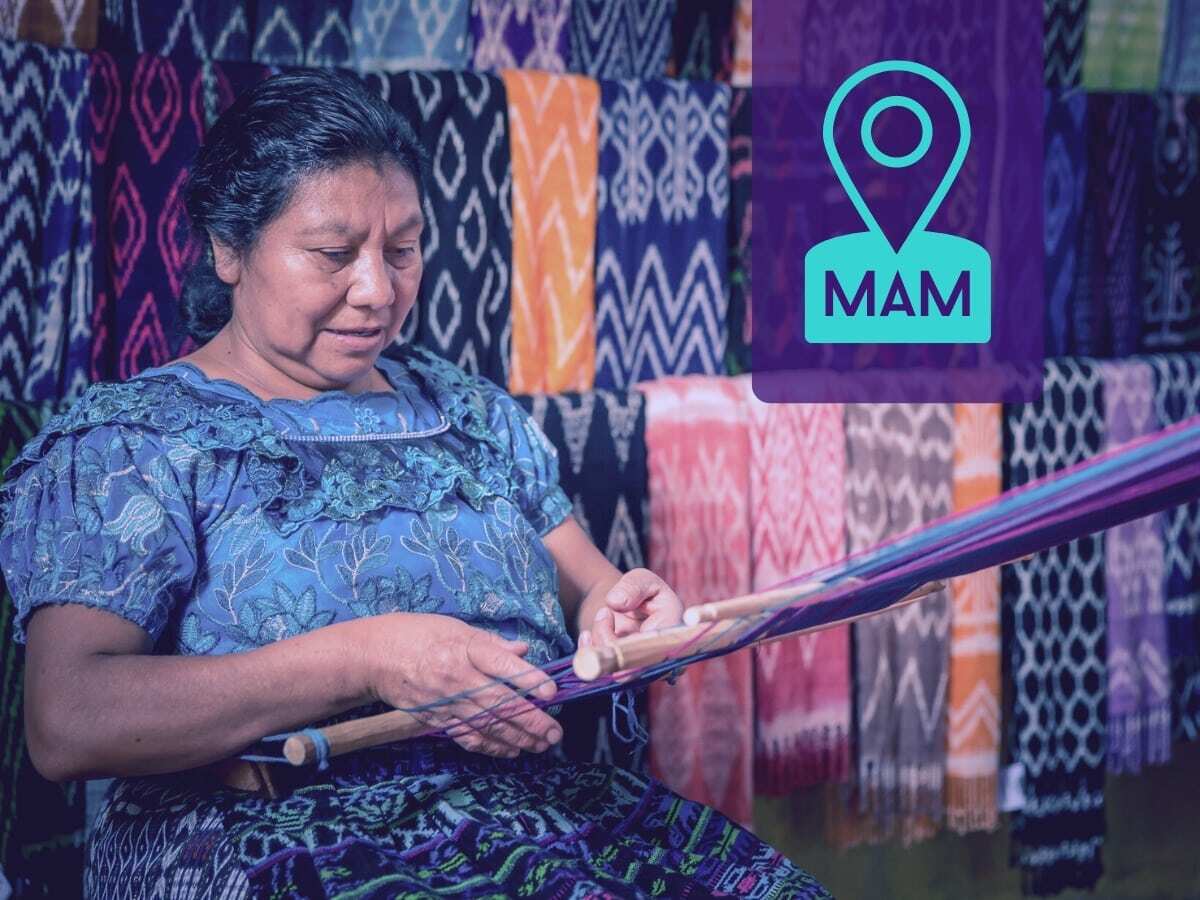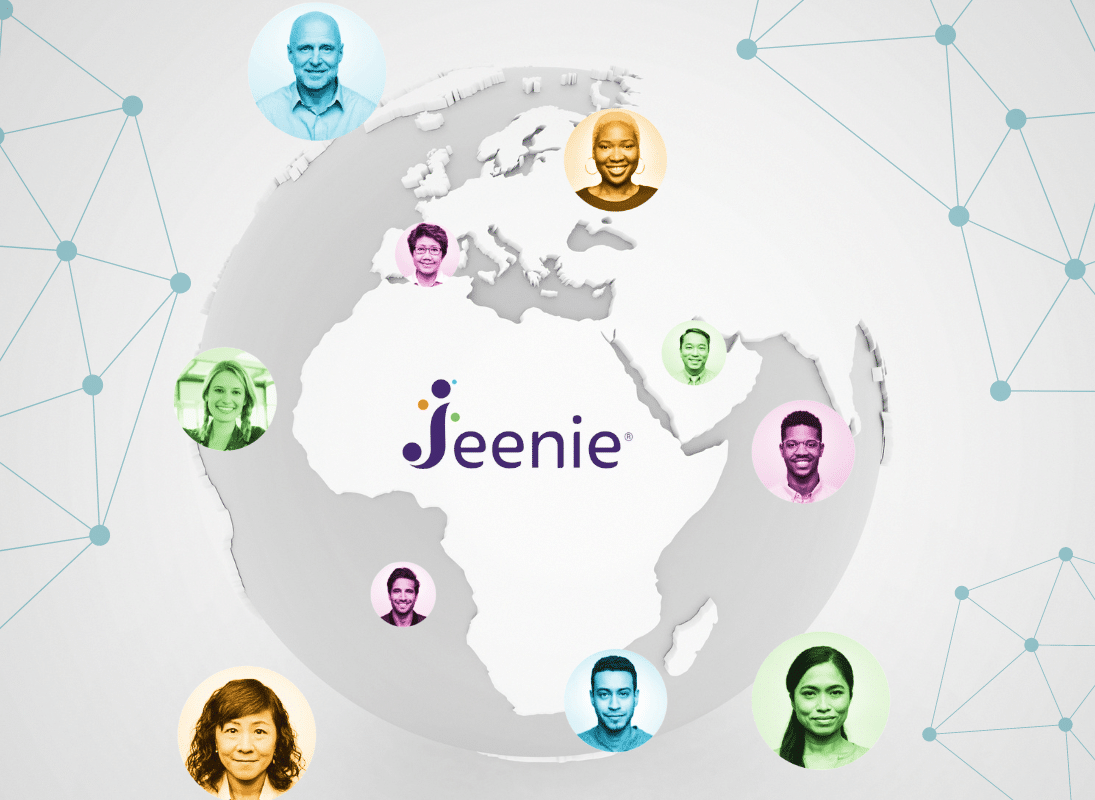Need Maya Mam interpreting services? This guide shares everything you need to know about finding the best Mam interpreters and translators.
Choosing the right interpreting service can seem complicated, but for languages like Mam, it can feel especially overwhelming. Finding a qualified Mam interpreter or Mam translator is very different from finding an interpreter or translator for more common languages like Spanish or Portuguese.
Not only are there fewer interpreters in general due to the rarity of the language, there are also fewer resources to help you find them. This intro guide shares everything you need to get started finding the right Mam interpreting service.
In this article:
Fast Facts about Mam
-
- The Mam language is a Mayan language spoken in the northwestern region of Guatemala.
- Mam is one of the four languages most predominant among the Mayan and indigenous languages in the country, with over 500,000 speakers. These speakers mainly reside in the departments of Huehuetenango, San Marcos, Quetzaltenango, and Retalhuleu, encompassing a total of 58 municipalities within these four regions. Additionally, due to the migratory phenomenon, hundreds of Mames now also inhabit areas such as Escuintla, Ixcán, Péten, and the capital city of Guatemala.
- The Mam People form a sociolinguistic community divided between two states, Guatemala and Mexico. This division arose from colonial political boundaries that disregarded the territorial integrity of indigenous peoples, resulting in one portion remaining in Guatemala and the other in Mexico. Presently, approximately 50,000 Mam speakers reside in the State of Chiapas. The term "Mam" holds significance, signifying "grandfather" not only in the Mam language but also in other Mayan languages.
- Roughly 80,000 Mam speakers live in the United States
The Maya Mam Language and People

This ethnic group occupies approximately 8% of the general population of Guatemala. The Mayan descent established their capital in what is now Zaculeu, Huehuetenango, and dominated the west of the country. At the time of the Spanish conquest, the Mam house was an ally of the K'iche' lordship.
Since pre-Hispanic times, the Maya Mam people have been primarily subsistence farmers, growing the typical Mesoamerican crops of corn, beans, and squash.
To generate the necessary income, the Maya Mam with adequate land also grow coffee on a small scale. Those without coffee land or enough corn to feed themselves must migrate seasonally to lowland plantations, where coffee and cotton crops are produced mainly between July and January.
During the inactive periods of the agricultural cycle, many Maya Mam people traditionally dedicate themselves to the artisanal production of fabrics, ceramics, furniture, and basic necessities such as salt, lime, and stone metates for grinding corn. Almost all Mam women continue to weave on traditional outfit. Using commercially manufactured yarn, they make their own blouses, skirts, belts, and any hand-woven clothing item still worn by the men of their villages.
Maya Mam Emigration
Over the last decade, irregular migration from Guatemala to the United States has increased dramatically. Much of the migration comes from the Western Highlands, a region that is among the poorest and most rural in the country.
Maya Mam communities have a long history of regular and irregular migration to the United States, Canada, and Mexico due to violence and political instability, lack of economic opportunities, human rights abuses and inequalities, climate change, and natural disasters.
Another important cause for Maya Mam people to immigrate to the United States is educational opportunities, the lack of these in Guatemala, and the promise of free quality education in the United States. While public school is free until the end of secondary school in the United States, only primary education is free in Guatemala, and even public schools require uniforms and school supplies–a big, direct cost for the students' families. Additionally, for children who work to help support their families, the hours spent attending school have an indirect cost of lost income.
Most communities in the Western Highlands have a lack of access to high-quality health services, including Huehuetenango, Quetzaltenango, San Marcos and Retalhuleu–facts that have caused children, youth, and sometimes entire families to migrate to another country, typically the United States of America.
The Importance of Mam Interpreters
Mam interpreters play a crucial role in ensuring effective communication and access to services for Mam-speaking individuals. Many Mam speakers, particularly those who have migrated to other countries, often face significant language barriers when accessing healthcare, legal services, education, and other critical services. Mam interpreters bridge this gap, providing support that enables Mam speakers to navigate systems and receive the assistance they need.
The importance of Mam interpreters is particularly evident in healthcare settings. Accurate communication is crucial for proper diagnosis, treatment, and follow-up care. Without interpreters, Mam-speaking patients may struggle to convey their symptoms accurately or understand medical advice, leading to potential misdiagnoses and ineffective treatment plans. Mam interpreters ensure that medical professionals understand the patients’ needs and that patients fully comprehend their health conditions and treatment options, which improves health outcomes and creates trust between patients and healthcare providers.
In legal contexts, the presence of Mam interpreters is equally critical. Legal proceedings, whether they involve immigration cases, criminal defense, or family law matters, require precise understanding and articulation of complex information. Mam-speaking individuals involved in such cases need interpreters to ensure they understand their rights, the legal processes, and any consequences of legal decisions. This support is essential for fair treatment within the justice system, helping to prevent miscarriages of justice that can arise from language misunderstandings.
Tech for Interpreting Mam to English

Technology is currently changing the way Mam to English and English to Mam interpreting is done. Video remote interpreting is becoming more prevalent in today’s society, opening the doors for interpreters and those who need interpreting access across the globe.
With remote interpreting solutions, interpreters can provide services through audio and video conferencing without being physically present. Video remote interpreting platforms like Jeenie have a mobile app and allow interpreters to work from anywhere in the world. More importantly, they enable those in need of interpreting to access an interpreter whenever they are needed.
Remote interpreting solutions are also more cost effective, more convenient, more efficient, and more easily accessible (meaning it can be easier to find native professional interpreters in any language, including rare and indigenous languages like Mam).
8 things to look for in a Mam Interpreting Service
Now that you understand the importance of utilizing Mam interpreters to bridge communication gaps, what steps should you take next?
Begin by assessing your specific interpreting needs. Consider the advantages of remote interpreting compared to in-person sessions, particularly concerning the Mam language. Determine the appropriate modality: Will audio suffice? Or is video necessary? Do you require 24/7 access to interpreters? Or are standard business hours sufficient?
You can tailor your search based on your unique requirements; however, certain key factors should guide your decision-making process when selecting Mam interpreters:
- Native fluency: Opt for services offering native Mam speakers to ensure utmost accuracy and cultural sensitivity.
- Interpreter credentials: Verify interpreters possess relevant qualifications, though certification may not always be available, especially for rare languages.
- Cost-effectiveness: Seek competitive pricing and package options to optimize your budget.
- Fair compensation: Consider the interpreter pay relative to market standards—lower pay could indicate compromised quality.
- Technological proficiency: Choose platforms employing cutting-edge technology for seamless interpreter connections, eliminating the need for intermediaries.
- Availability: Ensure the service offers the required language pair during your operational hours.
- Privacy and security: Confirm the implementation of secure systems and data protection protocols, crucial for industries like healthcare requiring HIPAA compliance.
- Reputation: Seek feedback from peers within your industry to assess the provider’s track record and reliability.
By considering these factors, you can make an informed decision when selecting Mam interpreters for your communication needs.
Get a Mam Interpreter
In essence, selecting the ideal interpreter service demands a thorough evaluation of your specific needs alongside your financial constraints to identify the most suitable pricing model. Nevertheless, certain non-negotiable aspects such as interpreter credentials, adherence to professional standards, technological proficiency, privacy safeguards, and a reputable track record should never be compromised.
By conscientiously considering these criteria during your quest for Mam interpreters, you can rest assured of securing top-tier service quality at a competitive rate. Equipped with the right interpreter or translator, your interactions with Mam speakers will undoubtedly yield greater productivity and efficacy!
Become a Jeenie Interpreter!
Your language skills can help people around the world overcome language barriers.










